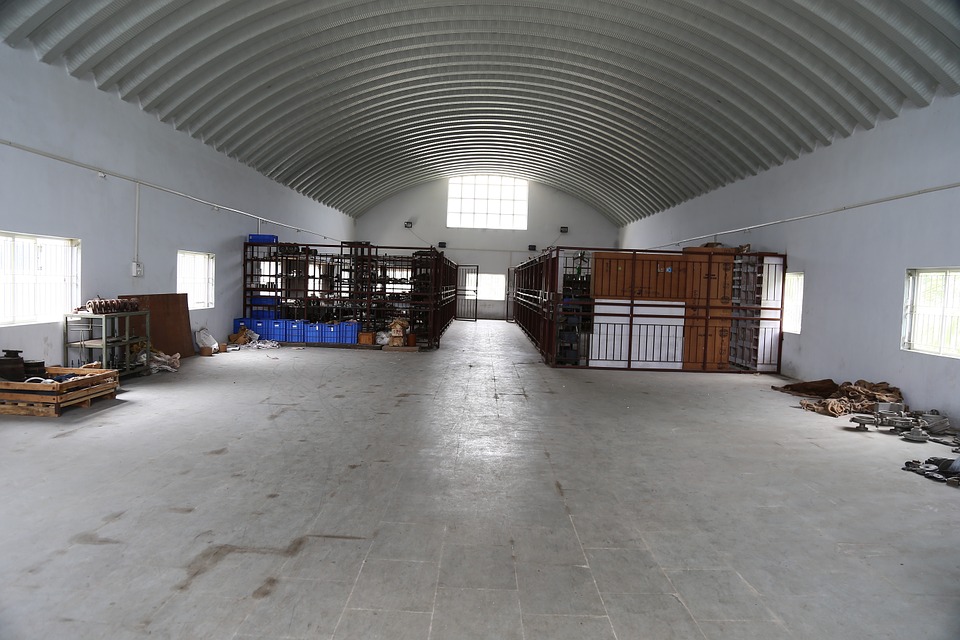The world that we live in today is filled with smart technologies that connect our smart accessories and gadgets, which is why it makes sense that buildings will also be included in this fate. Smart buildings offer solutions, improved efficiency, and a reduction in both energy costs and consumption. Data that is collected by smart buildings and using built-in sensors in the infrastructure allows for dramatic improvements when it comes to managing these buildings.

Thanks to the growing benefits of the IoT (Internet of Things) and the latest innovative technologies, employees, and residents are now enjoying the benefits and comforts linked to their smart homes or buildings.
What Are Smart Buildings?
Twenty years back not many people believed that it would be a possibility to automatically-control every condition in a building. Today, the latest developments in technology and the IoT has bought about the fast-growing emergence of these smart buildings. Smart buildings are any facilities or buildings that use automated processes that automatically control operations in a building including lighting, ventilation, heating, HVAC systems (air conditioning), security, and many other systems. While the latest construction is now designed to include these types of smart building, even the older buildings can also be changed into a “smart building”.
In these innovative smart structures, HVAC Systems allow the user to manage and view usage patterns. The system collects data to examine, followed by defining patterns that anticipate a particular requirement in real-time. In addition to offering improved comfort for the occupants of the building, a smart building can also offer several other benefits.
Improved Efficiency
Among the most important advantages linked to smart structures is energy optimization. For many commercial buildings, the use of energy is usually the most expensive operating cost. In most cases, around a third of the average operating budget will be allocated to energy consumption. To increase the efficiency of a building, occupants should have active control over the conditions of the building. To ensure energy efficiency, the usage should be monitored to make sure consumption is kept at adequate levels. Smart buildings aim to maximize efficiency and this is regardless of the internal or external structure conditions.
Your building or home is regarded as an asset. The value of the building or home is going to increase after implementing recommended Energy Efficiency Measurements. The initial step involved in these processes will take place during an energy audit. This audit will determine the energy consumption levels linked to your building and any potential savings that you can achieve. An energy audit will also help you to understand specific conditions impacting comfort and performance in your facility to increase the overall impact relating to energy-focused building improvements.
When using your NOI (net operating income), an energy auditor will work out your asset-value increase. Here is an example of an energy equation that includes an 8% capitalization rate. The savings for the building amounts to AED 1,652,543 per year!
Asset Value Increase Equation
Reduced Consumption
Improved efficiency correlates directly to lower consumption. According to the results from your energy implementation and audit, it becomes possible to lower the costs relating to the energy your building or home uses by as much as 35%. Since around 80% of the energy consumption will be consumed by HVAC in a building, this amount is significant. Investing in either a smart home or building is going to bring about a dramatic ROI (return on investment).
Efficient Audits
The technologies and systems in smart structures such as buildings and homes allow every energy parameter to be actively monitored in “real-time”. The stored data is then analyzed to enhance the monitoring systems and control in the building. At the same time, this data will be collected centrally. When analyzing the data, we are able to obtain precise information when it comes to the energy patterns and consumption in your building or home.
Predictive Maintenance
Sensors built into smart homes and buildings can gauge facility-technical performance and activate maintenance procedures if any equipment starts to malfunction even before the alert triggers. This has made it much easier to track systems and parts in a smart building for detecting and repairing any malfunction as quickly as possible. When error messages are sent, your system will collect data that helps to determine a reason for the malfunction. Depending on the platform you have in place, your system could be programmed so that it automatically adapts to issues by managing any remaining components.
At the same time, monitoring equipment and machinery will improve the management relating to the lifecycle of the equipment. This will allow you to replace equipment or machinery when it starts becoming too expensive or when the service life of the machine has come to an end.
Technology that is used in smart homes and buildings also ensures that the consumption of energy will be managed with ecological responsibility. Smart controls allow for the maintenance of the ideal climatic conditions. This helps to avoid the wastage of costly energy. Smart buildings and homes provide a way to effectively manage consumption in ways that are more attuned to the latest guidelines on ecological consumption.




Comments are closed.